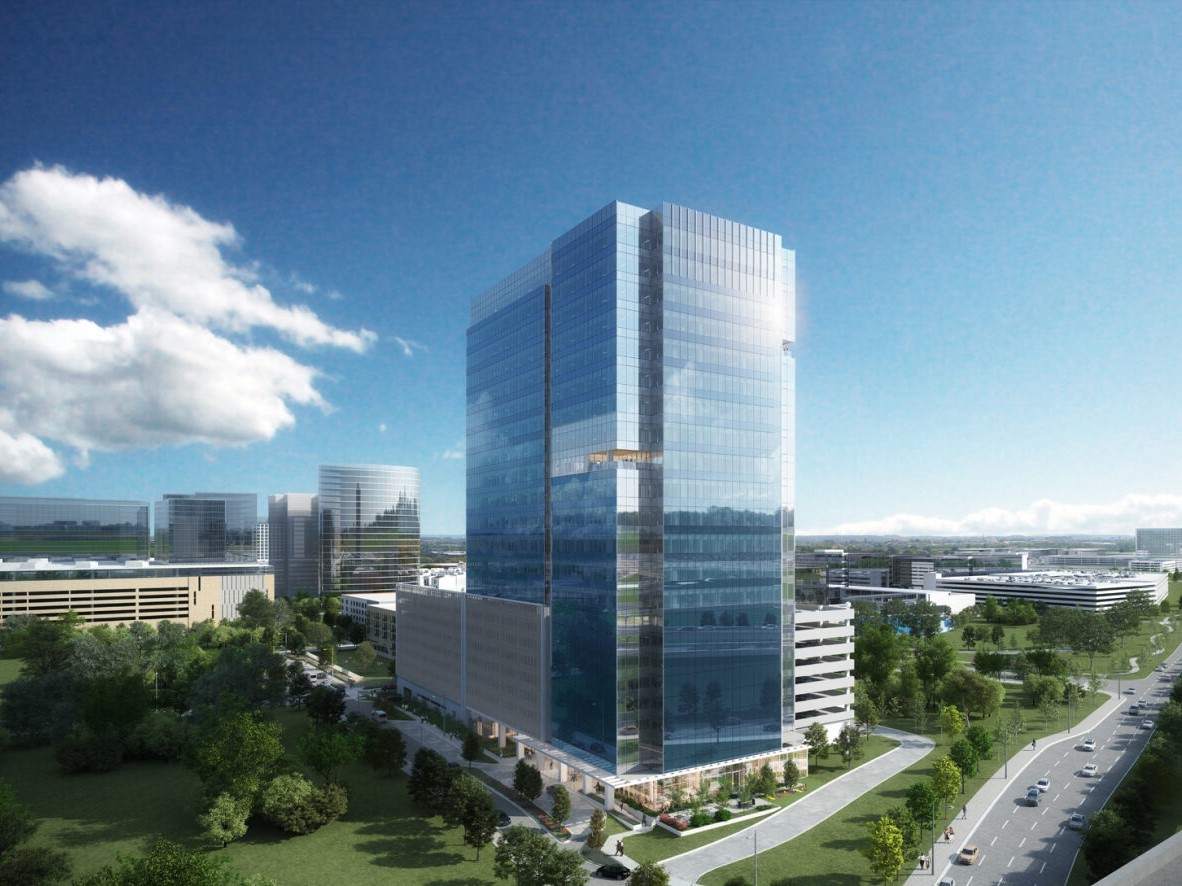$5.2B Honolulu Rail Project Remains Controversial
by Adriana Pop, Associate Editor The City and County of Honolulu plans to develop a $5.2 billion elevated rapid-transit rail project covering a 20 mile route from East Kapolei to Ala Moana Center. The proposed rail line will pass Waipahu, Leeward [...]
by Adriana Pop, Associate Editor
 The City and County of Honolulu plans to develop a $5.2 billion elevated rapid-transit rail project covering a 20 mile route from East Kapolei to Ala Moana Center. The proposed rail line will pass Waipahu, Leeward Community College, Pearl City, Pearlridge, Aloha Stadium, Salt Lake, Kalihi, Honolulu Community College, downtown Honolulu and Kakaako. Extensions have been proposed as well: one was planned from Ala Moana Center to the University of Hawaii-Manoa campus and Waikiki, and the other extension would lead west to Kalaeloa.
The City and County of Honolulu plans to develop a $5.2 billion elevated rapid-transit rail project covering a 20 mile route from East Kapolei to Ala Moana Center. The proposed rail line will pass Waipahu, Leeward Community College, Pearl City, Pearlridge, Aloha Stadium, Salt Lake, Kalihi, Honolulu Community College, downtown Honolulu and Kakaako. Extensions have been proposed as well: one was planned from Ala Moana Center to the University of Hawaii-Manoa campus and Waikiki, and the other extension would lead west to Kalaeloa.
In February 2008, an independent panel of transportation experts concluded that the rail system should use steel-wheel technology, the best and most cost-effective long-term solution. That same year, the voters along with the city, state, and Federal Transit Administration (FTA) approved the start of a steel-wheel-on-steel-rail system.
According to the Honolulu Civil Beat, the Final Environmental Impact Statement was released in June 2010 and the FTA approved the project in January 2011. The estimated completion date for the project had been set for 2019, but in May 2011, opponents filed a lawsuit in federal court accusing the City and County of Honolulu and federal transportation agencies of violating environmental laws.
The Pacific Business News reported the lawsuit was filed by Honolulutraffic.com and its chairman, Cliff Slater; former Gov. Ben Cayetano; former state judge Walter Heen; the environmental group Hawaii’s Thousand Friends; the Small Business Hawaii Entrepreneurial Education Foundation; law professor Randy Roth; and, physician Michael Uechi.
A Civil Beat Poll conducted on Feb. 26-27 2012 found that 55 percent of Oahu voters now say they are against the project. Only 34 percent are in favor, and the remainders are undecided. The high cost of the development is the main concern of likely voters who oppose the realization of the largest public investment in state history.







You must be logged in to post a comment.